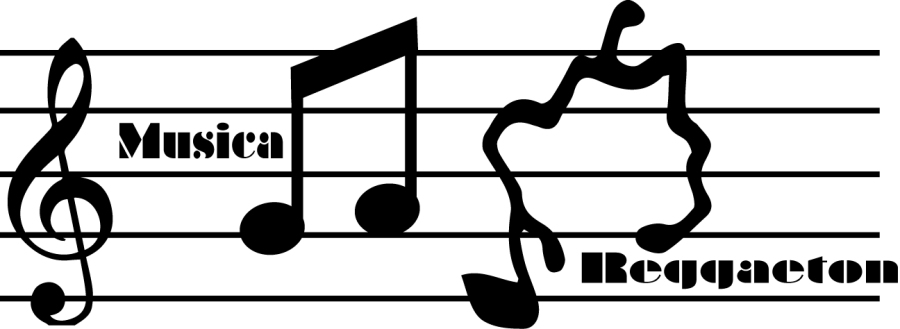Reggaeton: The Revolution
When you mention Rap or Hip Hop, the first things that come to mind may be the nice beats, the DJ’s, the artists like Kendrick Lamar and Drake, or the popularity of the genre. But many may also think about the Spanish version: Reggaeton/Urbano. It has grown to into a well-known and popular choice of music for parties, club mixes, and workout music. Although it is known all around the United States and Caribbean, it is still fairly new and young compared to other forms of Spanish and American music that have existed before Reggaeton. Reggaeton is most famous for its distinctive variations of beats, rhythms, and for its always-popular fast verses and rhymes. Today’s Reggaeton is different or distinctive from others genres of music because of its mix of Jamaican dancehall rhythms derived from reggae, Latin Merengue, Bomba, Plena and sometimes Salsa. Another popular and very intriguing beat is “Dembow” that comes from Trinidad’s “soca” music. Reggaeton combines electronic dance music, hip-hop elements and Spanish/English rap to create a unique and powerful driving sound that has been widely embraced by Hispanic urban youth everywhere.
When compared to other Latin musical forms, Reggaeton has already accomplished more than mambo, salsa, merengue, and bachata. It has not only ignited the imaginations of young Latinos and Latinas, but has also found unprecedented favor in mainstream US culture. According to Norient.com, “Reggaeton lacks much of an exotic veneer precisely because the music has not been marketed to Anglo-American audiences.” At least until recently, reggaeton has been music produced by and for the pan-Latino community. Primarily, it still is, though many artists and producers now aspire to the platinum plaques that million-sellers such as Daddy Yankee and Luny Tunes have proven are within reach. Reggaeton artists and producers have not simply piggybacked on the success of their hip-hop brethren; they have exploited and expanded hip-hop’s hustle-hustle business model, especially in such areas as shameless self-promotion, savvy cross-branding, street-team marketing, and grassroots distribution.
Reggaeton took off in 2004 with the release of Daddy Yankee’s Barrio Fino, Tego Calderon’s El Enemy de los Guasibiri, and Ivy Queen’s Diva and Real. Reggaeton was off and running and showed no signs of stopping. Now with artists like Don Omar, Gotay “El Autentiko,” De La Ghetto, and Galante “El Emperador” the brand is bigger than ever with more reggaetoneros coming about and joining producers like Musicologo & Menes. With even more beats and rhymes coming out, every follower of this music has something to look forward to with every new album and song. From combining different beats and sounds from pre-existing music to mixing Spanish singing and rapping, there is nothing ordinary about this music. Reggaeton is truly the next up-and-coming music revolution.
Sources: http://norient.com/en/stories/reggaeton/


